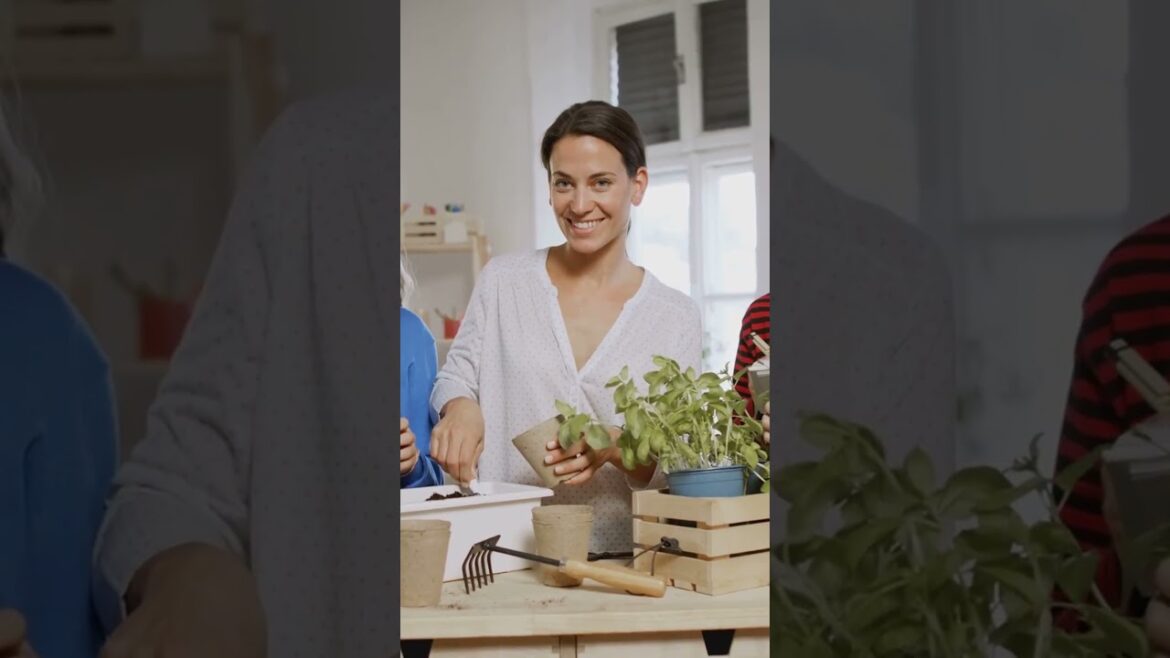🌱 5 Trends Shaping Hydroponics in 2025 | Discover the Future of Soil-Free Gardening!
In this eye-opening documentary-style video, we take you on a journey through the top 5 hydroponic trends that are changing how we grow food—from windowsill jars to vertical towers and smart tech systems. Whether you’re a curious beginner or a seasoned grower, this video will inspire your next indoor garden!
✅ What You’ll Learn:
• Why passive hydroponics (like Kratky & Wick) are booming
• How vertical farming is transforming urban living
• The rise of smart hydro systems and fogponics
• How a global hydroponic community is thriving online
• Why home growing = real food security in 2025 and beyond
🔗 Resources & Recommended Kits:
👉 Free Hydroponic Starter eBook → https://urbanhouseandgarden.com/wp-content/uploads/2025/05/Hydroponics-Starter-Kit-The-Indoor-Growers-Handbook.pdf
👉 Best Low footprint Tower Kit → https://amzn.to/44yqNtL
👉 Read the full article → https://urbanhouseandgarden.com/5-trends-shaping-hydroponics-in-2025/
📸 Share your setup with us on Instagram: @UrbanHouseAndGarden
💬 Got a question or setup idea? Drop it in the comments!
If you enjoyed this video, give it a thumbs up 👍, subscribe for more hydroponics inspiration, and share with anyone dreaming of a greener future.
#Hydroponics #VerticalFarming #SustainableGardening #UrbanGardening #KratkyMethod #FutureOfFood #SmartGardening #HomeGrownRevolution
world where every stage of growth is visible. This is gardening stripped to its essence. No soil, no noise, just the gentle dance of water and life. The Kratki method is a marvel. A plant suspended above water, roots stretching down as the water level drops, creating a vital air gap for oxygen. This simple yet ingenious approach allows plants to breathe and drink at the same time, mimicking the balance found in nature’s wetlands. It’s a system that requires little intervention, yet delivers impressive results. No electricity, no moving parts, just a closed loop of life in a jar or bucket. The absence of technology means fewer things can go wrong, making it ideal for beginners and seasoned gardeners alike. It’s a system that quietly works in the background, asking only for a little attention now and then. The beauty, anyone can do it. Whether you’re a curious child, a busy parent, or someone with no gardening experience at all, passive hydroponics welcomes you. There’s no need for a green thumb, just a willingness to experiment and observe. A child can grow lettuce on a window sill, learning the basics of life with just water, nutrients, and light. It’s a hands-on science lesson, a daily reminder of the wonders of biology, and a source of pride as tiny leaves unfurl and roots grow strong. The Wick system is another example. Using a simple rope or felt to draw nutrients up to the plant, quietly sustaining growth. This method is as old as gardening itself, yet perfectly suited for modern homes where space and time are limited. It’s a testament to the power of simple solutions. These systems are accessible, affordable, and require almost no maintenance. They fit seamlessly into busy lives, offering fresh greens and herbs without the hassle of traditional gardening. With just a few materials, anyone can start growing food at home. For city dwellers, they offer fresh herbs without soil or mess. Even in the smallest apartments, a sunny window sill becomes a mini garden, bringing a touch of green and a breath of fresh air to urban living. For educators, they’re living labs, perfect for teaching botany in real time. Students can witness the entire life cycle of a plant from seed to harvest right before their eyes. It’s an engaging way to spark curiosity and foster a lifelong love of science. For beginners, they’re an easy entry into gardening, proving anyone can grow food. There’s no need for expensive equipment or years of experience. Just a jar, some water, and a little patience. Passive hydroponics isn’t just a trend. It’s a shift in perspective. It challenges us to rethink what’s possible in our homes and communities, making food production more inclusive and sustainable. It strips growing down to its essentials, democratizing food production. By removing barriers, it empowers people everywhere to take control of their food one jar at a time.

